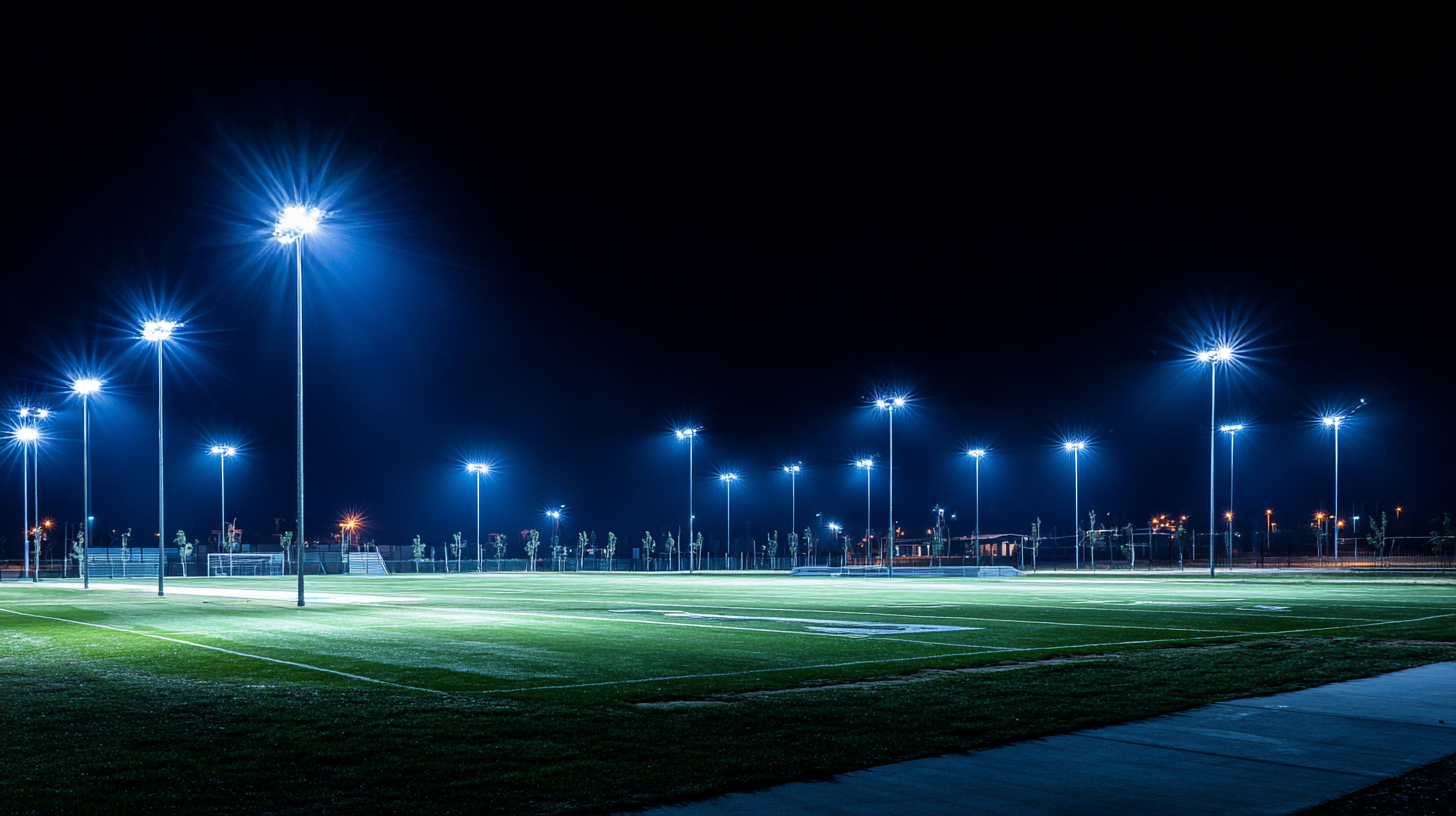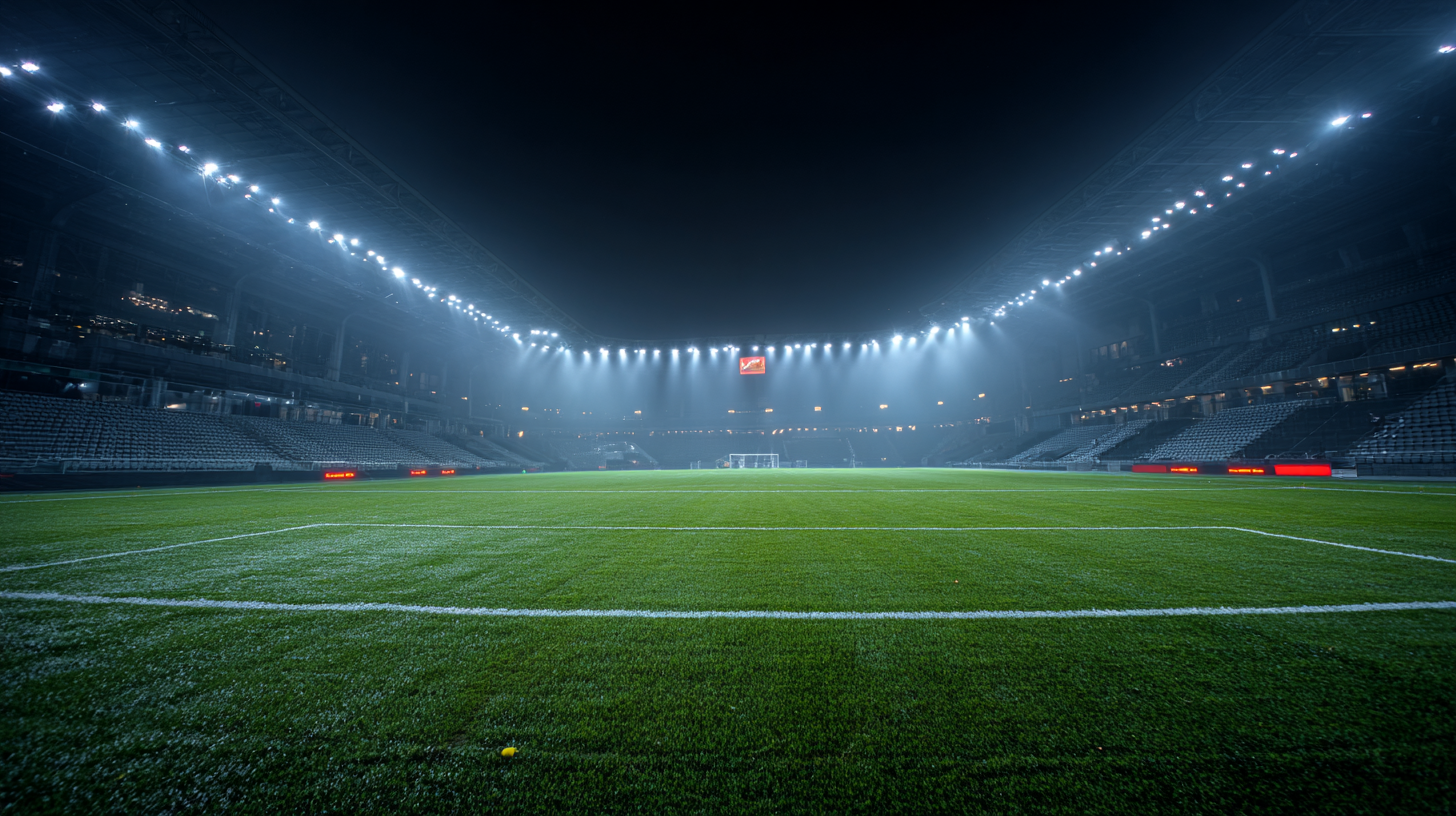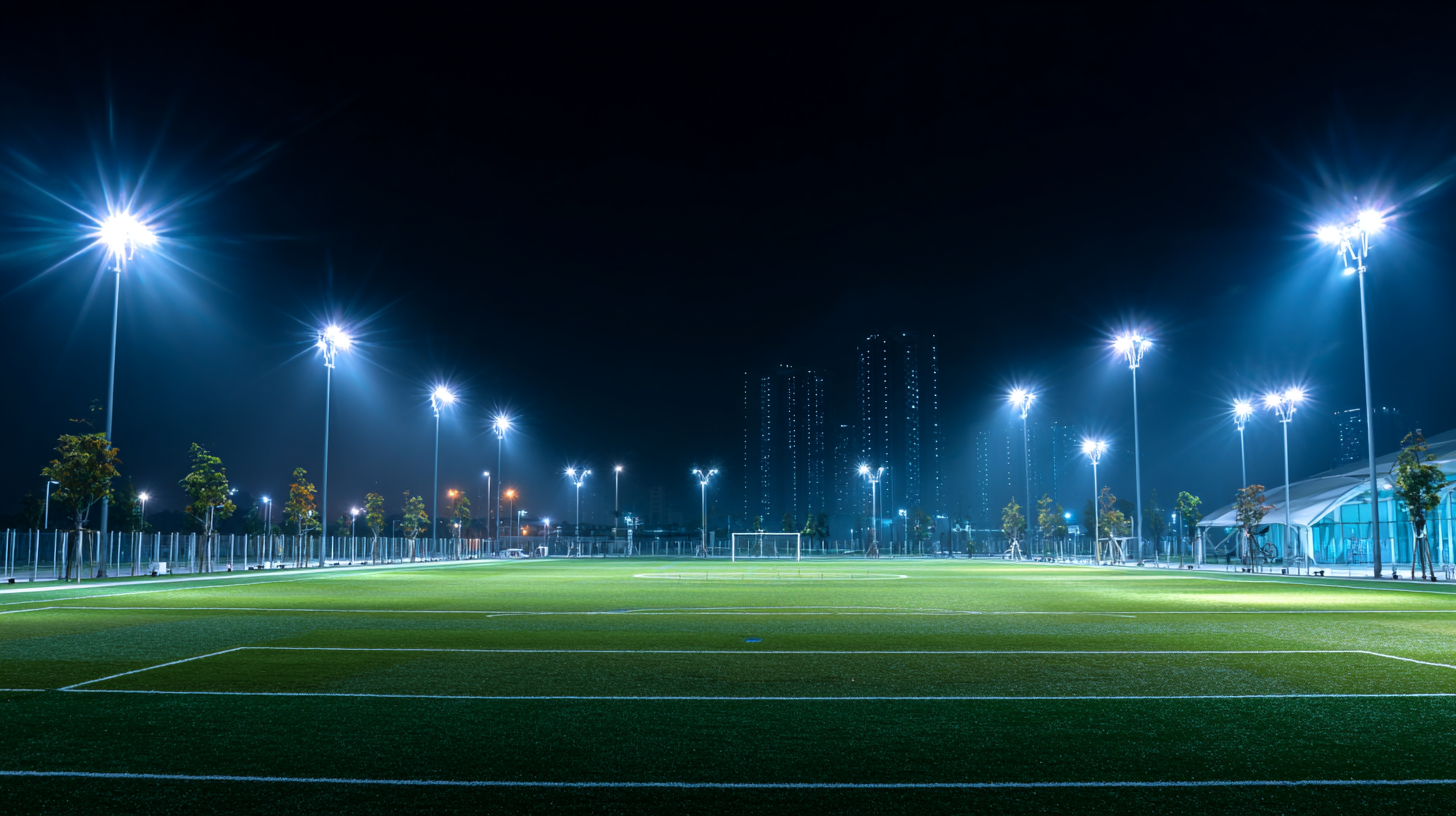5 Essential Tips for Choosing the Best LED Stadium Light for Your Facility
When selecting the appropriate LED stadium light for your facility, understanding the critical factors that influence performance and efficiency is imperative. As the sports and events industry continues to evolve, the demand for high-quality lighting solutions has skyrocketed. According to a recent report by the National Association of Sports Commission, nearly 75% of sports facilities are now upgrading to LED lighting due to its superior energy efficiency and longer lifespan compared to traditional lighting systems. With the potential to reduce energy costs by up to 60% and enhance the quality of lighting, LED stadium lights are becoming the standard choice for venues across the globe. However, navigating the plethora of options available can be daunting. This blog will provide five essential tips for choosing the best LED stadium light for your facility, ensuring you make an informed decision that aligns with your specific needs and operational goals.

Understanding the Key Factors in LED Stadium Light Selection
When selecting LED stadium lights, several key factors must be considered to ensure optimal performance and efficiency. Firstly, lumen output is critical; according to a report by the International LED Alliance, effective stadium lighting should provide a minimum of 100 lux for recreational activities and up to 1500 lux for professional sports. This variation underscores the importance of selecting lights that can deliver the necessary brightness based on the specific requirements of your facility.
Another vital aspect is the color temperature of the lights. The Illuminating Engineering Society recommends a color temperature of around 5000K for sporting events, as this mimics natural daylight and enhances visibility for both players and spectators. Additionally, energy efficiency is paramount; high-quality LED lights can consume up to 70% less energy compared to traditional lighting solutions, as highlighted in the U.S. Department of Energy's report on solid-state lighting. This massive reduction not only lowers operational costs but also contributes to sustainability efforts within the community.
By focusing on these critical factors—lumen output, color temperature, and energy efficiency—facility managers can make informed decisions when investing in LED stadium lighting that not only meets regulatory standards but also enhances the overall experience for users and fans alike.
5 Essential Tips for Choosing the Best LED Stadium Light for Your Facility
| Key Factor | Description | Recommended Specification |
|---|---|---|
| Lumen Output | The total amount of visible light emitted by the fixture. | At least 50,000 lumens per fixture for optimal brightness. |
| Color Temperature | The warmth or coolness of the light emitted, measured in Kelvin. | 4,000K to 5,500K for natural daylight effect. |
| Beam Angle | The angle at which light is distributed, affecting coverage area. | 60° to 120° for versatile lighting options. |
| Energy Efficiency | The amount of light produced per watt of energy consumed. | ≥ 100 lumens per watt for high efficiency. |
| Durability | Ability to withstand environmental factors and impact. | Rated IP65 or higher for water and dust resistance. |
Evaluating Brightness and Color Temperature for Optimal Visibility
When selecting LED stadium lights, assessing brightness and color temperature is crucial for ensuring optimal visibility during events. According to a report by the Illuminating Engineering Society (IES), a minimum brightness level of 100 lux is recommended for recreational sports, while professional events may require up to 500 lux. This varying intensity means that for facilities hosting different types of events, it’s essential to choose lights that can be adjusted to meet these needs.
In addition to brightness, color temperature significantly impacts visibility and ambiance. A color temperature range of 4000K to 5000K is generally considered ideal for sports lighting, providing a clear perception of colors and reducing viewer fatigue. Research indicates that cooler color temperatures can enhance player performance and spectator engagement, making them a critical factor in your decision-making process.
Tip 1: Ensure your LED lights are dimmable, allowing adaptability for different events while maintaining the required brightness.
Tip 2: Look for lights with high Color Rendering Index (CRI) values—aim for 80 or above—to enhance color precision during gameplay, further improving the viewer experience.

Assessing Energy Efficiency and Lifespan of LED Stadium Lights
When selecting LED stadium lights for your facility, assessing energy efficiency and lifespan is paramount. Energy efficiency not only impacts the operational costs but also influences the environmental footprint of your facility. Look for LED lights that offer high lumens per watt; this means more light output with less energy consumption. A well-designed lighting system should significantly reduce energy bills while providing optimal brightness for athletic events. Moreover, consider options that come with effective thermal management, as overheating can diminish efficiency and shorten lifespan.
Lifespan is another critical factor in your decision-making process. Most LED stadium lights have a lifespan ranging from 25,000 to 50,000 hours, but this can vary based on the quality of materials and technology used. Choose lights from reputable manufacturers who provide clear warranties and specifications. A longer lifespan not only equates to lower maintenance costs but also means fewer replacements, which can be particularly advantageous for facilities with limited budgets. Understanding the difference between initial costs and long-term savings is essential to making a judicious investment in LED stadium lighting.
5 Essential Tips for Choosing the Best LED Stadium Light for Your Facility
This chart compares the energy efficiency and lifespan of different types of LED stadium lights based on hypothetical data. It demonstrates how crucial it is to assess these factors when making a decision about stadium lighting.
Exploring Installation and Maintenance Considerations for Stadium Lighting
When it comes to installing LED stadium lights, understanding the installation and maintenance considerations is crucial for optimal performance and longevity. According to a report by the Lighting Research Center, proper installation can enhance the overall efficacy of stadium lighting by up to 30%. This involves ensuring that lights are positioned correctly to minimize glare while maximizing illumination across the field. Professional installation also typically includes assessments of electrical systems to support the specific power requirements of high-intensity LED fixtures, which can significantly impact energy efficiency and operational costs.
Maintenance is another vital aspect that should not be overlooked. Research has shown that regular maintenance can extend the lifespan of LED lights by an average of 20,000 hours, which translates to substantial savings in replacement costs. Implementing a routine maintenance schedule that includes cleaning fixtures and checking for energy performance can prevent potential issues before they escalate. A study from the U.S. Department of Energy emphasizes that facilities that prioritize maintenance protocols save about 15% on energy consumption annually — an essential benefit for large venues looking to manage their operational budgets effectively. Prioritizing these installation and maintenance considerations will ensure that stadium lighting not only meets safety standards but also enhances the spectator experience.
Comparing Costs: Initial Investment vs. Long-Term Savings in LED Lighting
When considering the transition to LED stadium lighting, it’s crucial to weigh the initial investment against the long-term savings. While the upfront costs of LED lights can be higher compared to traditional lighting options, the advantages in terms of energy efficiency, longevity, and reduced maintenance costs make them a worthwhile consideration. Many facilities find that the initial expense is quickly offset by lower electricity bills and fewer replacements over time.
One effective tip when choosing LED stadium lights is to conduct a thorough needs assessment for your facility. This involves analyzing factors such as the size of the venue, the level of illumination required, and the specific sports or events being held. Getting a clear understanding of these elements ensures that you choose lights that not only meet performance standards but also align with your budget.
Another essential tip is to consider the quality and reputation of the LED lighting brand you select. Investing in reliable, high-quality products from reputable manufacturers tends to lead to better long-term savings, as they typically offer longer warranties and superior performance. By prioritizing quality, your facility can enjoy brighter, more consistent lighting without the frequent costs associated with replacements or repairs.

